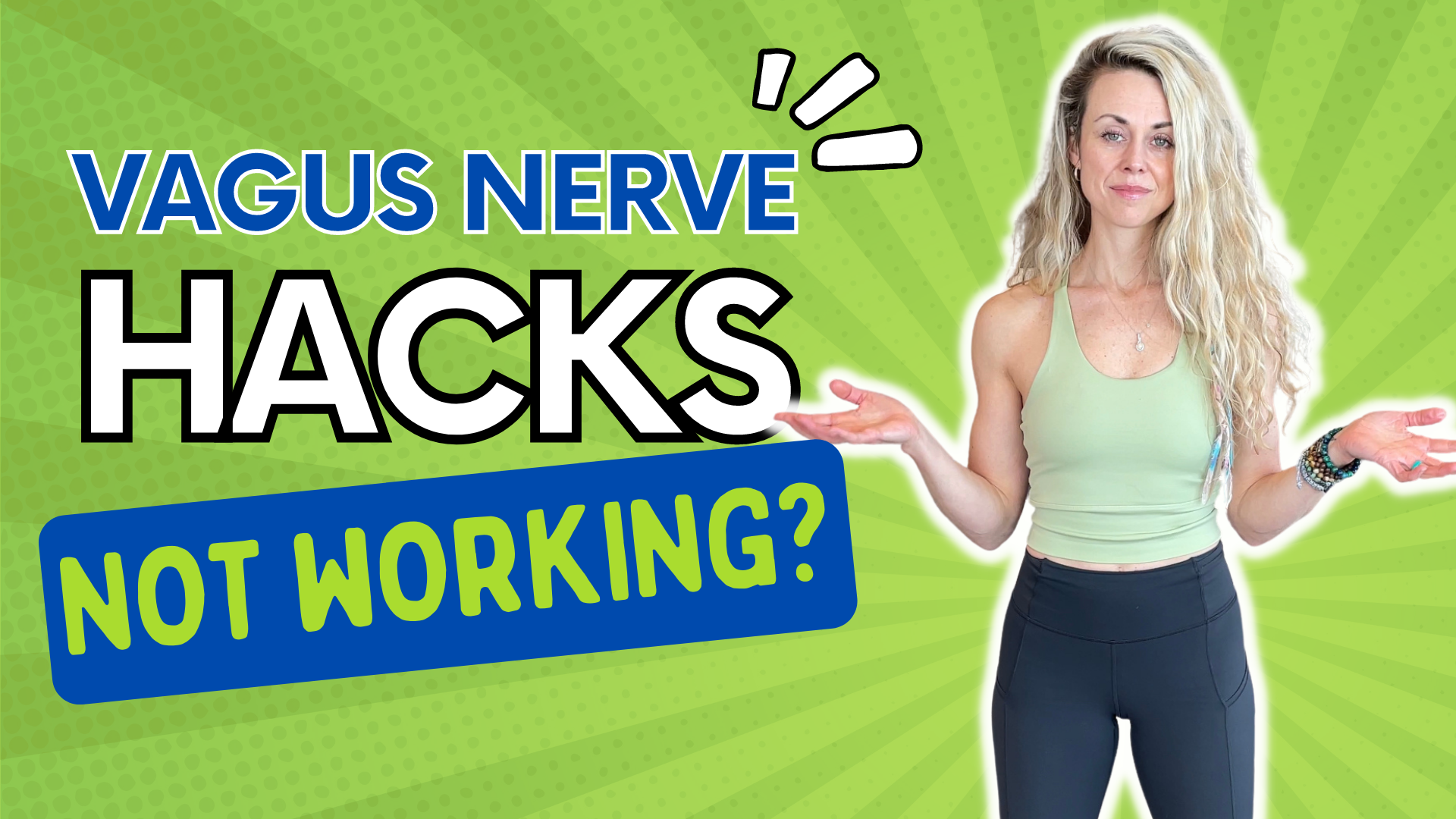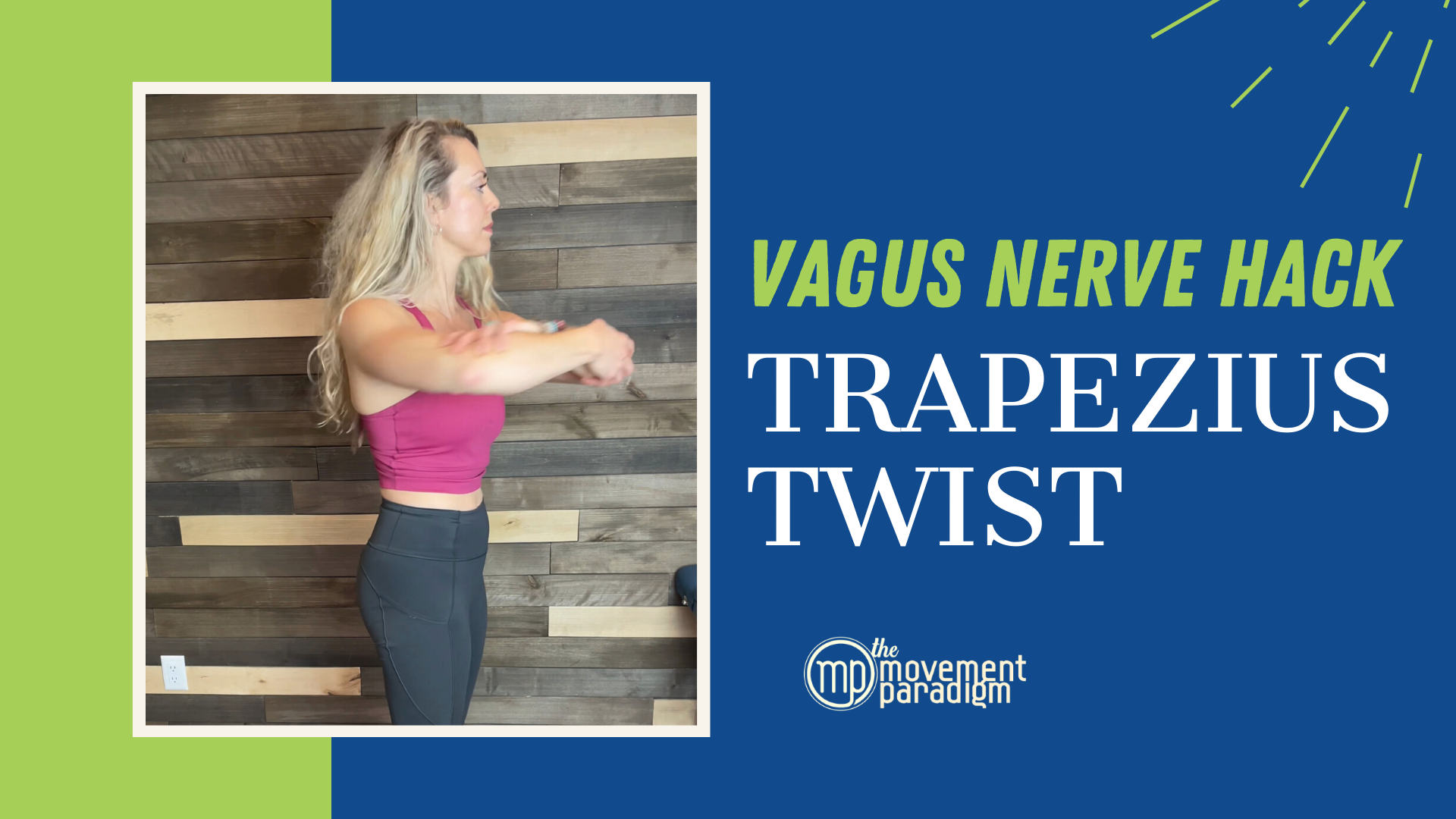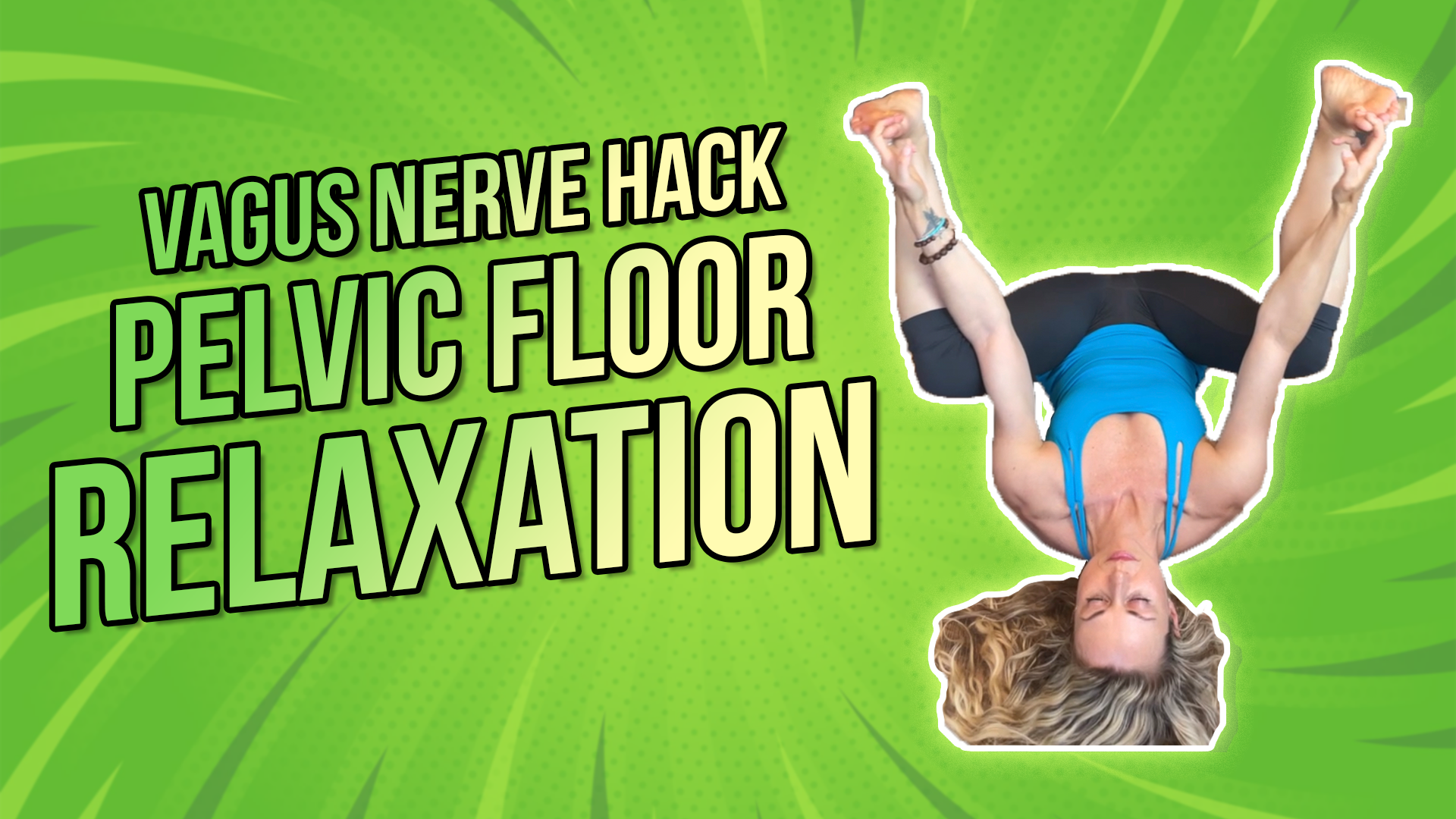Are you having trouble sleeping, or maybe you are feeling tired but wired before bed? You might be looking for practices to downregulate and improve your sleep. Today, we’ll explore three vagus nerve hacks that can help.
Rather watch or listen?
How to Get Better Sleep: 3 Vagus Nerve Hacks
1. Cold Exposure
The first exercise is cold exposure. It might sound unusual before bed, but a small study suggests that cold exposure can stimulate the cardiac vagal reflex, promoting nervous system calmness. You can use an ice pack (not extremely cold) on your lateral neck, where the vagus nerve is located. The study used 16-second intervals, so you can apply and remove the ice pack or keep it on briefly (no longer than 20 minutes). Find a temperature that feels relaxing and soothing, not stress-inducing.
2. The Basic Exercise by Stanley Rosenberg
This exercise involves interlacing your fingers, bringing them behind your head on the occipital area, while lying down relaxed. Then, turn your eyes to one direction and hold it until you sigh, swallow, or yawn. Repeat on the other side. This exercise provides neurological input through your eyes and hands, increasing blood flow around the brainstem (where the vagus nerve exits). This can stimulate the vagus nerve and induce a state of rest and relaxation.
3. Ear Pull
You can perform this exercise on your side. Gently pull your earlobe back and out diagonally. Hold it until you sigh, swallow, yawn, or feel relaxed. Repeat on the other side.
Remember, you don’t have to do all three exercises. Choose one or try this routine before bed to promote relaxation.
If this was helpful, please give it a like, share it, and subscribe to our YouTube channel, the Movement Paradigm, for weekly tips on mindset, nutrition, and movement. Our goal is to help you live your best life, heal, transform, and, more importantly, thrive.
You can always join us in our app, the Movement Paradigm. We have lots of challenges every other month—everything from movement to the nervous system, nutrition, and so on. And we have a great community of people.
You can also reach out to us for an individual appointment as it relates to the physical pain that you might be having and any emotional issues that you’re dealing with, such as anxiety or depression. If you really want to get to the root cause, please reach out to us.
Other things that might interest you:




